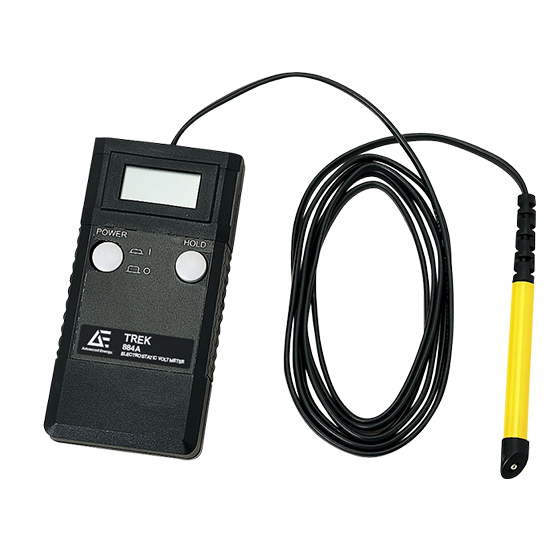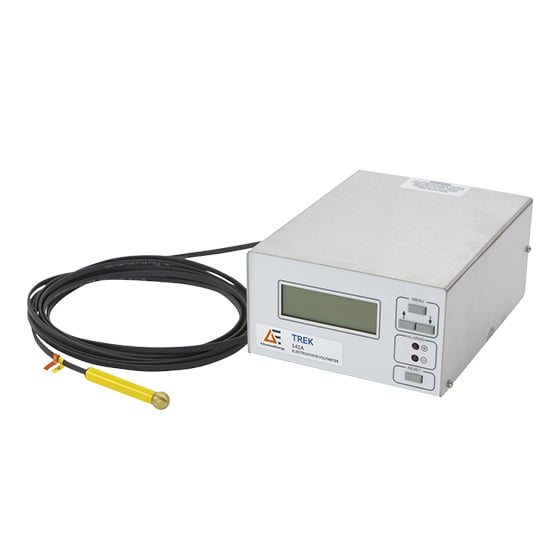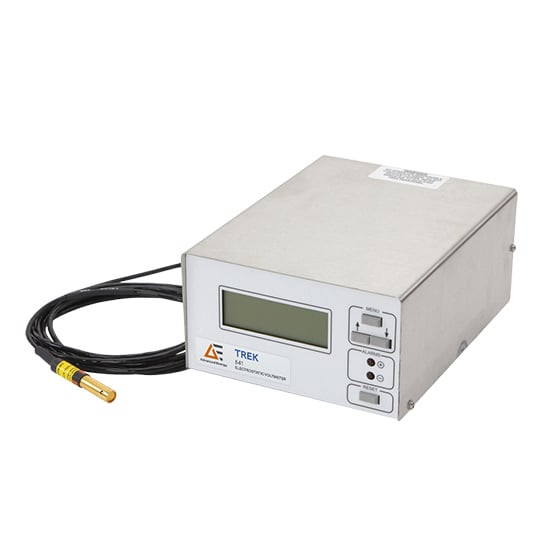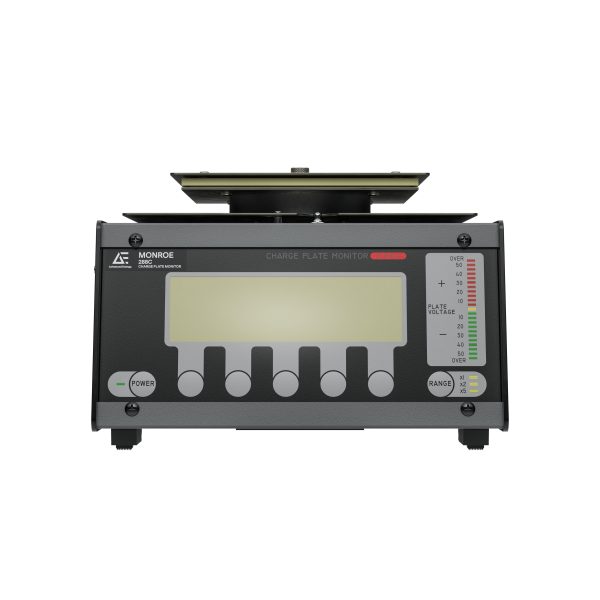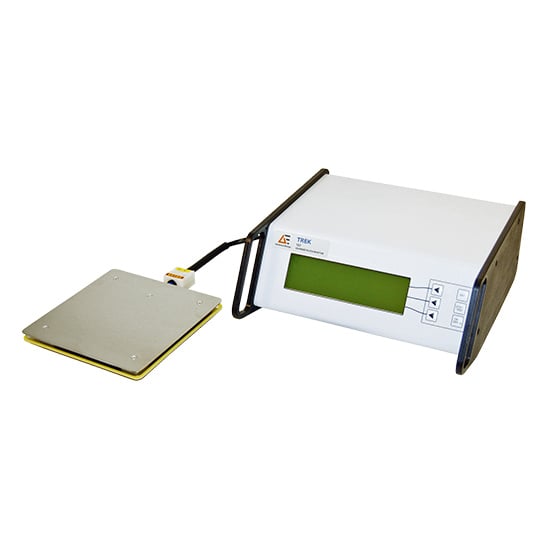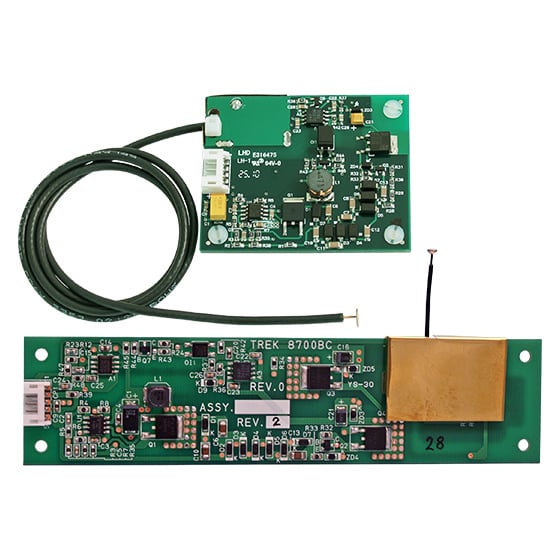Free Shipping on Most Simco-Ion Products!

|
||||||||||||||||||||||||||||||||||||||||||||||||||||||||||||||||||||||||||||||||||||||||||||||||||||||||||||||||||||||||||||||||||||||||||||||||||||||||||||||||||
You May Also Be Interested In
Advanced Energy / Trek 876 and 884 Series Non-Contacting, Hand-Held Electrostatic Voltmeters
Sign Up For Our Newsletter

A name you can trust. Doing business since 1978!




